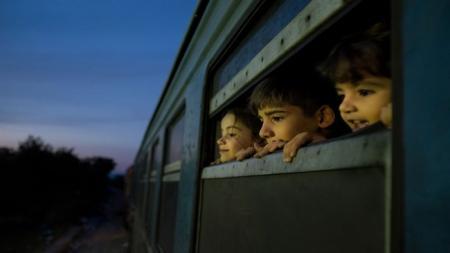
According to un.org, at least 300,000 unaccompanied and separated children were recorded in some 80 countries in the combined years of 2015 and 2016, up from 66,000 in 2010 and 2011, said the new UNICEF report.
A Child is a Child: Protecting children on the move from violence, abuse and exploitation, which presents a global snapshot of refugee and migrant children, the motivations behind their journeys and the risks they face along the way.
“One child moving alone is one too many, and yet today, there are a staggering number of children doing just that — we as adults are failing to protect them,” said UNICEF Deputy Executive Director Justin Forsyth in a news release.
Among a raft of alarming statistics, the report finds that children account for approximately 28 percent of trafficking victims globally. In Sub-Saharan Africa and Central America and the Caribbean have the highest share of children among detected trafficking victims at 64 and 62 percent, respectively. Further, as much as 20 percent of smugglers have links to human trafficking networks.
“Ruthless smugglers and traffickers are exploiting their vulnerability for personal gain, helping children to cross borders, only to sell them into slavery and forced prostitution. It is unconscionable that we are not adequately defending children from these predators,” stated Forsyth.
Frist and foremost, the agency says, children need protection, highlighting the importance of the Convention on the Rights of the Child, through which State Parties commit to respect and ensure the rights of “each child within their jurisdiction, without discrimination of any kind”.
The information is coming to light just ahead of next week’s G7 Summit in Italy and UNICEF is calling on governments to adopt its six-point agenda for action, which includes:
1. Protect child refugees and migrants, particularly unaccompanied children, from exploitation and violence.
2. End the detention of children seeking refugee status or migrating, by introducing a range of practical alternatives.
3. Keep families together as the best way to protect children and give children legal status.
4. Keep all refugee and migrant children learning and give them access to health and other quality services.
5. Press for action on the underlying causes of large scale movements of refugees and migrants.
6. Promote measures to combat xenophobia, discrimination and marginalization in countries of transit and destination.
“These children need a real commitment from governments around the world to ensure their safety throughout their journeys,” said Forsyth.
“Leaders gathering next week at the G7 should lead this effort by being the first to commit to our six-point agenda for action.”
